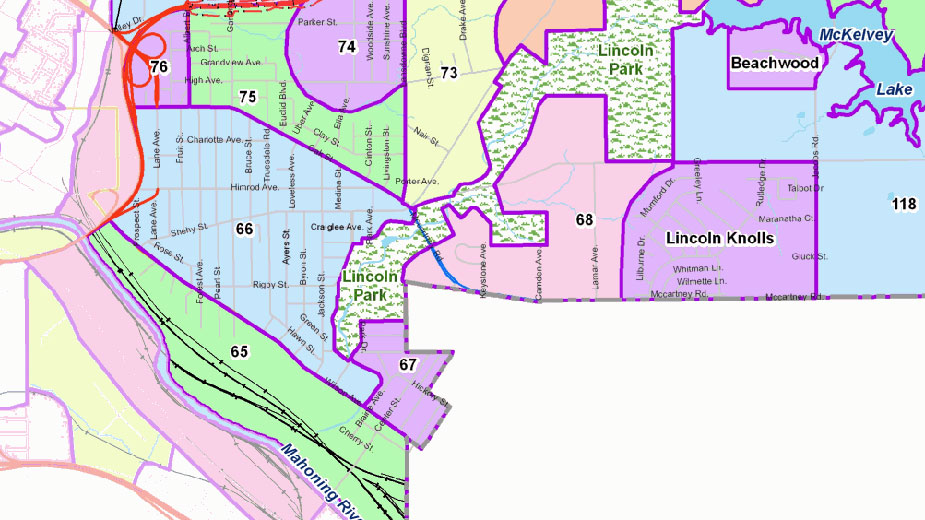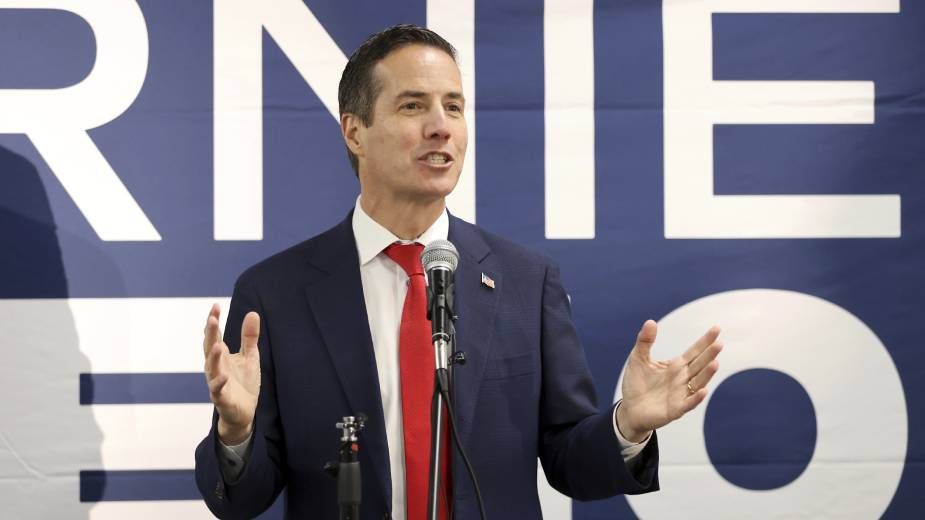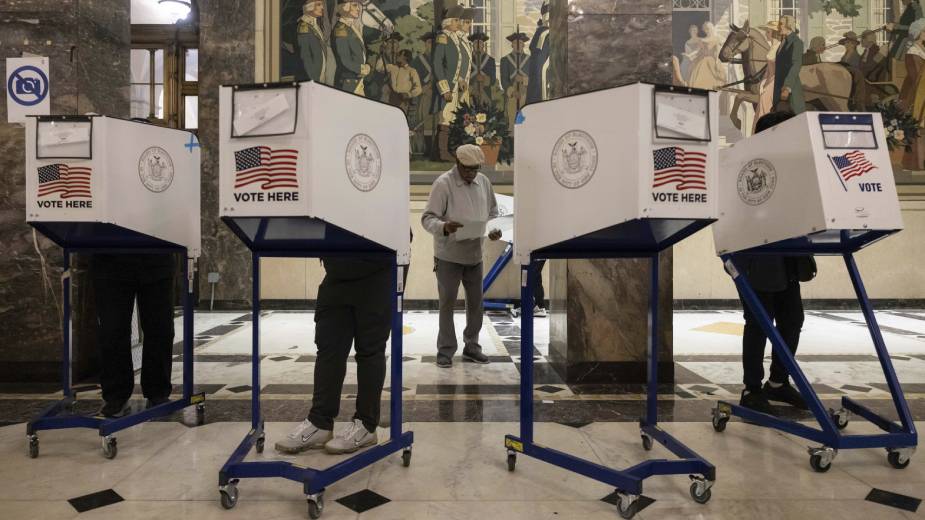Planning Board Deadlocks on East Side Zoning Change
YOUNGSTOWN, Ohio – Members of the Youngstown Board of Zoning Appeals and City Planning Commission will reconsider the city’s request to rezone several properties on the East Side as part of an urban renewal initiative after members deadlocked on a motion to deny the request.
During the often contentious meeting, four members of the commission split on a motion by member Patricia Sveth to recommend against the city’s request. The city requested rezoning properties between North Fruit Street, Himrod Avenue and the Madison Avenue Expressway from RT-5.5, One & Two Family Residential, and between Himrod, South Pearl Street, Rose Street and South Lane Avenue from Multi-Family Residential to Green Industrial.
About 40 citizens packed into City Council’s caucus room Tuesday afternoon for the regular meeting of the zoning board and City Planning Commission. Several voiced their frustrations and concerns during the discussion period.
The rezoning of the area, which was recommended in the Youngstown 2010 Plan, is part of a process to establish an urban renewal area. Under the urban renewal designation, the city would acquire properties as they became available, and could utilize eminent domain to obtain them.
“We’d go through the standard process of offering fair market value for the homes and trying to help relocate any individuals,” T. Sharon Woodberry, director of community planning and economic development, said earlier this year.
“The neighborhood has suffered as a residential neighborhood. There’s been a lot of population loss. There has been a lot of abandonment,” said Bill D’Avignon, Community Development Agency director.
“It also has good access to the freeway system so the potential future use identified in the 2010 plan was for it to be rezoned Industrial Green,” he continued. “The purpose of an Industrial Green district is to encourage investment in commercial and industrial technologies that support green uses that have a minimal negative impact on any surrounding residential properties.”
Permitted uses under the Industrial Green designation include retail establishments and restaurants, warehouse and storage facilities, light manufacturing, utility service centers, and recycling centers.
The city already is extending offers for properties, D’Avignon said.
Several of those attending Tuesday’s meeting voiced skepticism regarding what the zoning change could mean for their neighborhood and frustration at what they felt was a lack of information from city officials.
Pat Jackson of South Garland Avenue wanted to know what was coming into her neighborhood.
Law Director Martin Hume, a member of the commission, responded that there wasn’t anything definitive for the property once the zone change is approved. “Once you rezone something, it allows for multiple different types of businesses to come in,” he said.
The proposed uses “could drastically change my residence. I could have all kinds of problems or not any problems,” Jackson replied.
“You’re not giving me enough information,” she added.
Tony Stone of Murdock Street questioned why the city was focusing on this particular area. “Because the city let these houses go?” he questioned. Several of the houses were torn down on his street because of the city’s neglect, he said.
“Are we going to have to suffer because the city failed to keep these buildings up?” he added.
“Part of what’s happening here is they’re asking questions about ‘what ifs.’ We can’t answer those questions,” D’Avignon said.
A fifth member of the commission, Mary Krupa, left the meeting before the vote. The commission has seven members including Mayor John McNally, who did not attend the meeting.
Because of the tie vote, a transcript of Tuesday’s discussion will go to all members of the commission for reconsideration. Once the commission makes its recommendation, City Council must still vote whether to approve the zone change. Before their vote, council members will hold a public hearing, D’Avignon said.
Copyright 2024 The Business Journal, Youngstown, Ohio.



